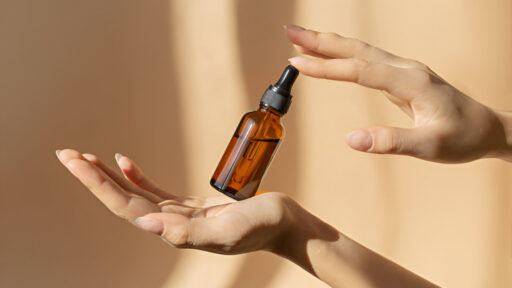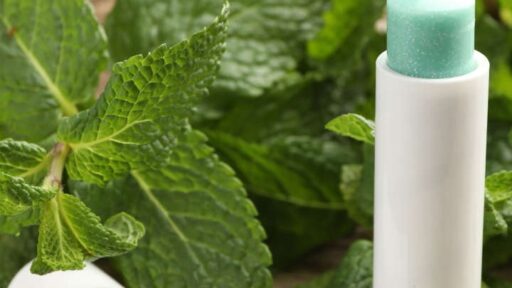In an age where the quest for youthful skin is more prevalent than ever, the skincare aisle can feel like an overwhelming battleground of choices. Among the countless options available, creams and serums stand out as two of the most popular contenders in the anti-aging arena. Each promises to turn back the clock and restore your skin’s vitality, but how do they really measure up against one another.
Introduction
Anti-aging creams typically boast a richer, more hydrating texture, designed to provide a protective barrier that locks in moisture. These products are often packed with emollients and occlusives. They work tirelessly to improve skin elasticity, reduce the appearance of fine lines, and create a plump, radiant complexion.
On the other hand, serums are lightweight, fast-absorbing liquids that deliver potent active ingredients directly to the skin. Serums have higher concentrations of antioxidants, peptides, and other anti-aging compounds. They penetrate deeper into the skin layers, targeting specific concerns such as wrinkles, pigmentation, and loss of firmness.
2. Understanding Creams: Ingredients and Benefits
These rich, emollient formulations are designed to hydrate, nourish, and rejuvenate the skin. Understanding what goes into these creams can help you make informed choices about which products might work best for your skin type and aging concerns.
Most anti-aging creams are designed to deliver moisture and create a protective barrier on the skin’s surface. They tend to be thicker than serums, making them ideal for those with dry or mature skin that craves extra hydration.
Key ingredients often found in these formulations include hyaluronic acid, which draws water into the skin, and glycerin, a humectant that helps maintain moisture levels. Together, these components create a plump, youthful appearance by reducing the visibility of fine lines and wrinkles.
In addition to hydration, many creams are fortified with active ingredients that target specific signs of aging. Retinol, a well-known derivative of Vitamin A, is frequently included for its ability to accelerate cell turnover and improve skin texture. Antioxidants like Vitamin C and E are also common, as they help to combat free radical damage and brighten the complexion.
3. Understanding Serums: Ingredients and Benefits
One of the primary benefits of serums is their ability to address a variety of aging signs, such as fine lines, wrinkles, and uneven skin tone. For instance, serums containing hyaluronic acid are celebrated for their exceptional hydrating properties, attracting moisture to the skin and plumping it up for a youthful appearance.
On the other hand, vitamin C serums are revered for their brightening effects and ability to combat oxidative stress, helping to diminish dark spots and improve overall skin clarity.
Peptides, another powerful ingredient often found in serums, work to stimulate collagen production, enhancing skin elasticity and firmness.
If you’re targeting sagging skin or loss of volume, a peptide-rich serum could be your best ally. Moreover, many serums include botanical extracts and soothing agents that can help calm inflammation and promote a more radiant complexion.
4. How Creams and Serums Differ in Formulation
Creams are typically thicker and richer, designed to provide a protective barrier over the skin. Their formulation often includes a higher concentration of occlusive agents, which help to lock in moisture and create a shield against environmental aggressors.
Creams usually contain more oils and emulsifiers, which contribute to their creamy texture. This makes them ideal for individuals with dry or mature skin who need an extra layer of hydration and protection.
Serums are lightweight, fast-absorbing formulations packed with potent active ingredients. Their primary goal is to deliver these actives deep into the skin, targeting specific concerns such as fine lines, wrinkles, and uneven skin tone.
Serums typically have a higher concentration of active ingredients and a lower viscosity. This allows them to penetrate the skin more effectively than creams. Common ingredients found in serums include hyaluronic acid for hydration, retinol for cell turnover, and vitamin C for its brightening properties.
Due to their concentrated nature, serums can be particularly effective for those looking to address specific skin issues without the heaviness of a cream.
5. The Role of Moisturization in Anti-Aging
While serums often contain concentrated active ingredients designed to target specific concerns—like pigmentation or deep wrinkles—moisturizers ensure that these ingredients are effectively absorbed and rendered more effective through hydration. A good anti-aging routine should ideally include both a serum and a moisturizer, as they complement each other in the quest for youthful skin.
Moreover, when choosing a moisturizer, look for formulations that include beneficial ingredients like hyaluronic acid, glycerin, or ceramides.
6. Absorption Rates: Creams vs. Serums
This deep absorption is particularly beneficial for targeting fine lines, wrinkles, and loss of elasticity, making serums a powerhouse for those seeking significant anti-aging results.
While creams may not penetrate as deeply as serums, they perform a vital function by forming a barrier on the skin’s surface. This barrier helps to lock in moisture and protect the skin from environmental aggressors.
7. Key Active Ingredients: What to Look For
When navigating the crowded aisles of anti-aging products, understanding key active ingredients can be your compass in the quest for youthful skin. Both creams and serums boast a plethora of formulations, but not all ingredients are created equal. Here’s what to look for to ensure you’re investing in products that deliver real results.
1. Retinoids: Often hailed as the gold standard in anti-aging, retinoids boost collagen production and promote cell turnover. Whether you choose over-the-counter retinol or a prescription-strength retinoid, incorporating this powerhouse ingredient into your routine can significantly reduce the appearance of fine lines and wrinkles.
2. Hyaluronic Acid: Known for its incredible hydrating properties, hyaluronic acid is a moisture magnet that draws water to the skin, plumping it up and giving it a more youthful appearance. Look for products that contain this ingredient, especially if you have dry or dehydrated skin.
3. Vitamin C: This potent antioxidant not only brightens the complexion but also protects against environmental damage from free radicals. Vitamin C can help reduce hyperpigmentation and promote a more even skin tone, making it a must-have in your anti-aging arsenal.
4. Peptides:** These small chains of amino acids are essential for rebuilding skin and promoting elasticity. Peptides signal your skin to produce more collagen and elastin, making them a vital addition to any anti-aging regimen.
5. Niacinamide:** Also known as Vitamin B3, niacinamide is renowned for its ability to improve skin barrier function and enhance moisture retention. It also helps to minimize the appearance of enlarged pores and uneven skin tone, making it a versatile ingredient for various skin types.




